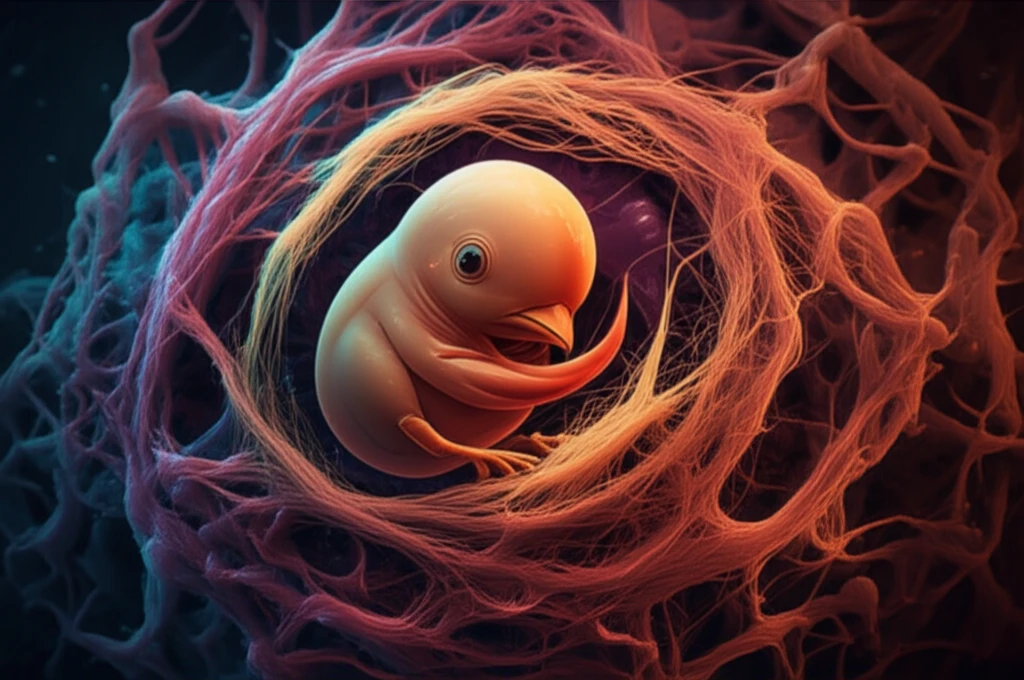
Muscle Dystrophy Research: Can Chick Embryo Cells Lead to New Treatments?
"Scientists are exploring chick embryo cells to create models for studying muscle dystrophy and testing new therapies, offering hope for a cost-effective approach to understanding and treating this challenging disease."
Muscle dystrophy (MD) is a group of genetic diseases characterized by progressive muscle weakness and degeneration. These conditions arise from defects in proteins crucial for muscle structure and function. While there is currently no cure for MD, scientists are continuously searching for ways to better understand the disease and develop effective treatments.
Traditional research models, such as stem cells and genetically modified mice, present challenges like ethical concerns, high costs, and complex genetic manipulations. Researchers are now exploring alternative models that are more accessible and can provide valuable insights into the disease mechanisms.
A recent study published in In Vitro Cellular & Developmental Biology - Animal investigates the potential of using chick embryo cells as an in vitro model for studying muscle dystrophy. This innovative approach offers a cost-effective and ethically sound method for understanding the disease and testing potential therapies.
Chick Embryo Cells: A Novel Approach to Muscle Dystrophy Research

The study, conducted by Verma Urja, Kashmira Khaire, Suresh Balakrishnan, and Gowri Kumari Uggini, focuses on utilizing chick embryo cells to mimic the characteristics of muscle dystrophy in a laboratory setting. The researchers isolated limb myoblasts – precursor cells to muscle fibers – from 11-day-old chick embryos. These cells were then cultured and treated with an anti-dystroglycan antibody (IIH6).
- Mimicking Muscle Dystrophy: By blocking the function of alpha-dystroglycan with the IIH6 antibody, the researchers aimed to replicate the cellular characteristics of muscle dystrophy in the cultured chick embryo cells.
- Observing Cellular Changes: The scientists then observed the treated muscle cells, looking for changes in their morphology (structure), contractibility (ability to contract), and gene expression (the activity of specific genes).
- Analyzing Results: These observations were compared to control cultures to determine the impact of the alpha-dystroglycan blockade.
The Future of Muscle Dystrophy Research
This study suggests that chick embryo cells offer a valuable, accessible tool for studying muscle dystrophy and potentially identifying new therapeutic targets. This model provides a cost-effective alternative to traditional methods, making it easier for researchers to investigate the disease mechanisms and test potential treatments. Further research is needed to fully explore the potential of this model and translate these findings into clinical applications for individuals affected by muscle dystrophy.
